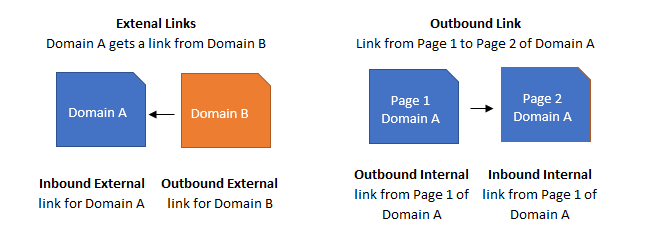The dental business, like any other, is developing over time, and competition is growing accordingly. The rivalry for patients forces dentists to look for additional ways to build a client base and modern technologies come to their aid.

Dental clinic networks have long been involved in the field of digital marketing and have been familiar with the topic of search engine optimization for decades. But what about private dentists who have just begun their careers? How do they compete with the giants of the market? We’ll talk about this, and about the types of competition.
Definition of search engine optimization
If you’re a dentist or in any way related to the field of dentistry, you probably have a website. If you don’t, then right now is the time to think about creating it. Our team will be happy to help you create your own platform on the Internet—click to contact us.
If you already have a website, you’re probably wondering how to promote it, preferably in an economical way.

Local SEO is a series of processes and actions that allow the pages of a website to take a leading position at the request of users in Google search results.
Why local, not just SEO?
Local SEO is financially efficient and does not require huge labor costs (assuming, of course, that the market giant hasn’t occupied your region and isn’t spinning ads from every corner).
A couple of facts about local SEO:
- It’s cheap, but not free;
- It is difficult but interesting;
- Compared to paid advertising, this is a long-term investment for years;
- It doesn’t work out quickly—you will have to work constantly;
- It works, otherwise, we wouldn’t be talking about it.
Why exactly do I need a local SEO?
- Firstly, because it’s cheaper and more ergonomic
- Secondly, you’re not a network of clinics, but a small team of dentists in a small city/state clinic or you’re a private practicing dentist… Why would you need to attract clients from other states if they won’t come?
Technical SEO for dental industry website
SEO consists of three parts which are interconnected, and each complements the others:
Technical SEO—operations that are carried out inside the website in order to achieve its correct indexing and visibility in search engines, the fast speed of work on mobile devices and PCs, the convenience of user interaction on the website.
Indexing and visibility
Indexing the structure of a website and its content is an essential part of website management. It would be a shame if you created a beautiful page which the Google search robot didn’t see 🙁
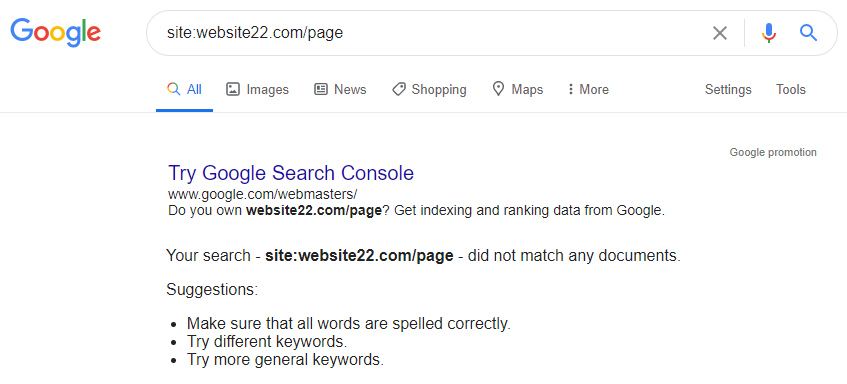
How to set up correct indexing
- Set up a robots.txt file and close directories that are highly irrelevant for indexing. Check not only the presence of the file itself by robots by typing in the search bar website.com/robots.txt, but also check that there is no “Disallow: /” field in the file (it closes the indexing of the website completely);
- Generate a sitemap and send it to GSC. Google Search Console helps to understand the success and correct indexing of pages.
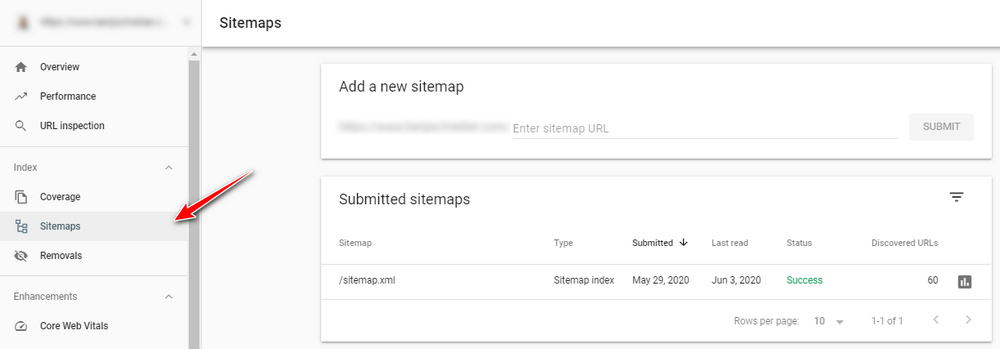
How to increase the website loading speed?
Check the website with this or this tool and fix all of the issues listed in the report.
How to fix issues connected with the convenience of user interaction (UI)?
Check the availability of broken links on the website pages and remove or replace them with working ones. Broken links have a response code 404 and upset the user (your future patient) when they see “Page not found”.
External SEO for dentistry website
The essence of the external SEO is to increase the external link mass of the website due to high-quality links from reputable and relevant websites which in turn increase the credibility of the domain.
In other words: this is the number of external referral links that link your pages from other domains. The higher the number of external domains, the more relevant they are to your business niche, and the better, the higher the rating of your site.
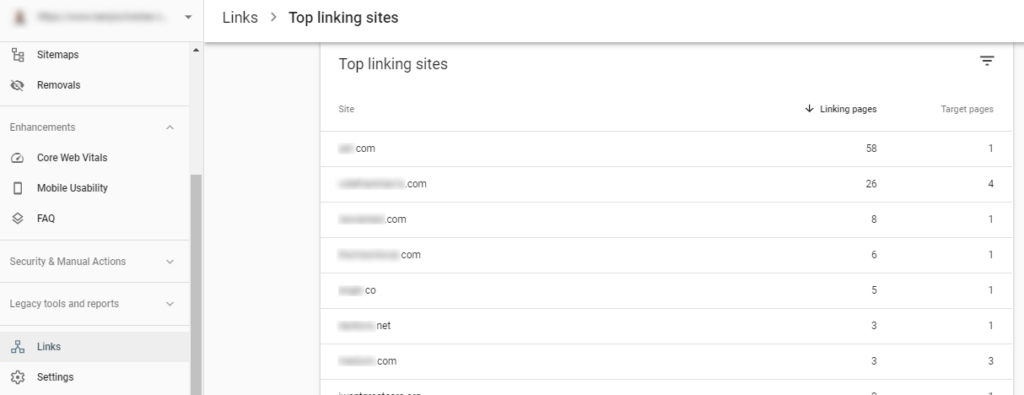
External SEO can be compared with the relationships between people: the more people know and speak about you, and the more authoritative they are, the higher your authority in the eyes of other people—the weightier your opinion in a niche. There’s a chance that you will even be quoted or written about in the media 🙂
How to get external links for your dental website?
There are a large number of different tactics for obtaining such mentions: from paid to free, from complex to easy.
If you practice stomatology at a local level, and you, as a practicing dentist are interested in clients from your city, then you need to get links from local websites.
- Using the Google search, find medical directories and health care forums. Register your profiles there and start building relationships between the participants of such forums.
- Find city portals and invite their owners to write a guest post (firstly, don’t forget to register your business in GMB or Yelp—they are critically important for local SEO strategy and website authority in search engines).
- If you don’t have the time for this, then find a good webmaster link builder who will do it for you.
Local Internal SEO strategy for dental website
Internal SEO—these are workflows that involve filling the website with relevant and high-quality content that will attract your target audience via key queries that they enter into a Google search.
Internal search engine optimization primarily requires a semantic core and a logically structured website.
The semantic core is a large list of search queries that describe you as a specialist in the dental field, your services, dental diseases that you treat, and much more.

If you find it difficult to understand what a semantic core is and how it is built, we recommend that you contact us. Our team has extensive experience of working with medical websites and we will select the best solution for your business.
If you still decide to build the semantic core yourself, we recommend that you check out our recent blog post.
Why do I need a semantic core and website structure?
The semantic core is used for:
- content marketing (more—recent article)
- page content extensions
- external linking
and more.
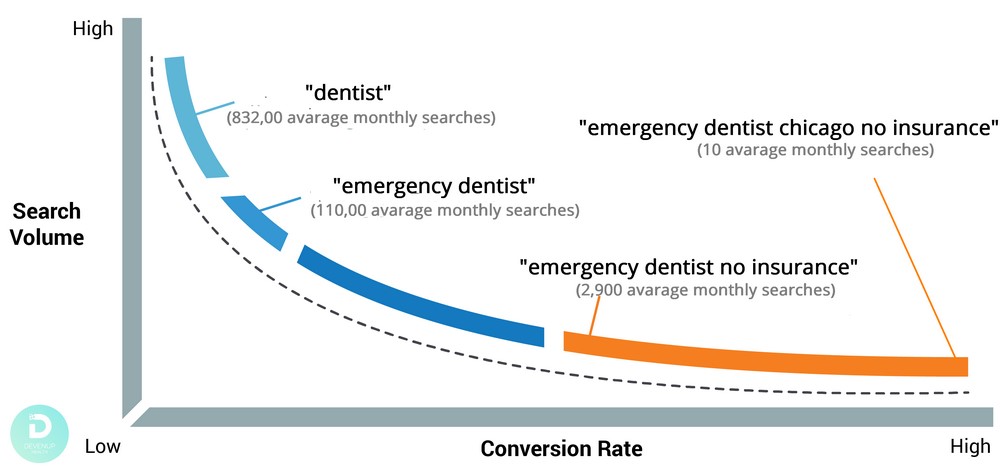
If you have compiled a semantic core, filter it by deleting key queries that are not relevant to your business. The remaining requests are divided into information and commercial, high-frequency, and low-frequency (long-tail keywords).
Commercial requests will primarily be used for the content of the main pages of the website where your services are described. Information requests will be used to create blog articles, which will attract the target audience for requests related to dental problems.
Let’s summarize
With the help of this article, you have broadened your horizons and learned basic things about how to build your own digital marketing strategy.
We hope that we have proved to you how important search engine optimization is in the overall marketing strategy and what role it plays in the growth of your dental business.
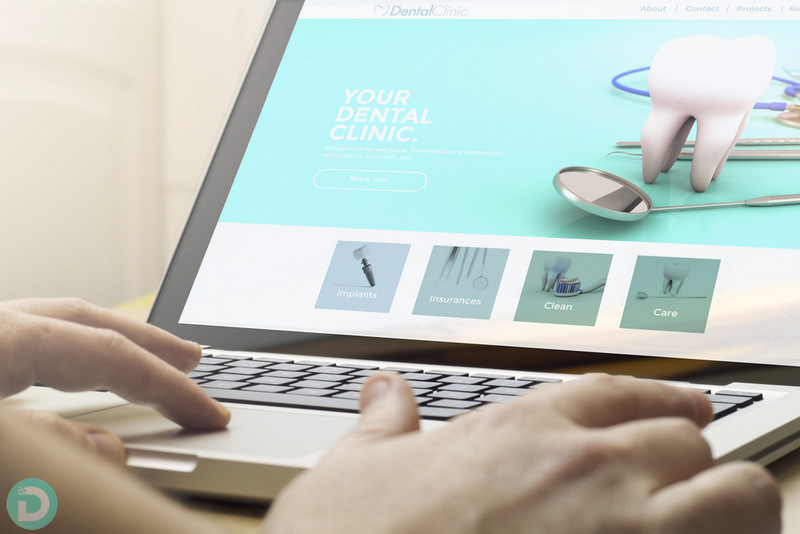
We are already preparing articles on the importance of social media marketing and paid advertising on Google Ads, and will soon share our best practices with you. In the meantime, stay tuned for our blog so you don’t miss out on important information that will be useful to your dentist practice.
If you liked this article, we’d be grateful if you’d share it on your social networks 🙂

